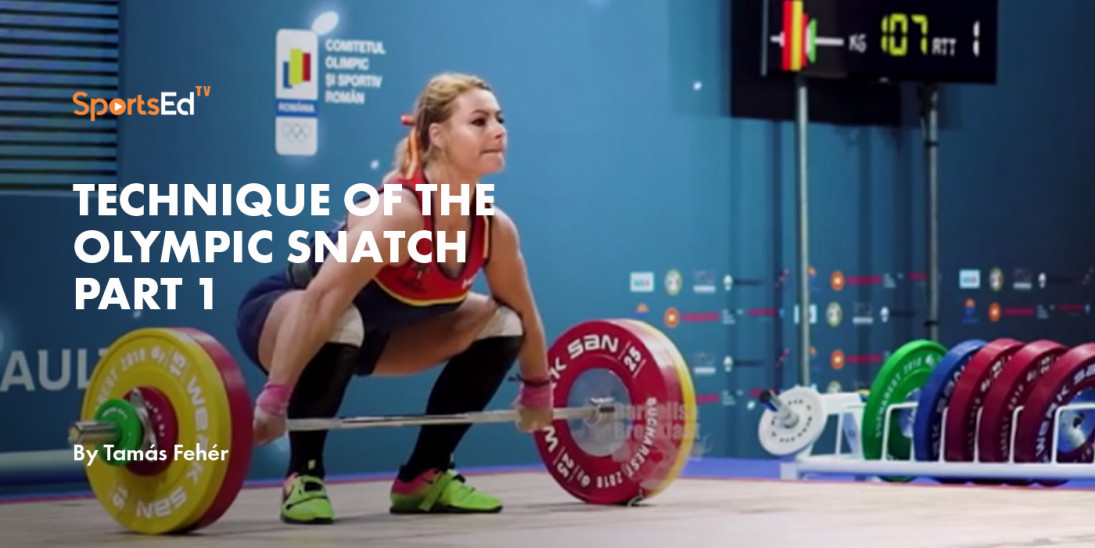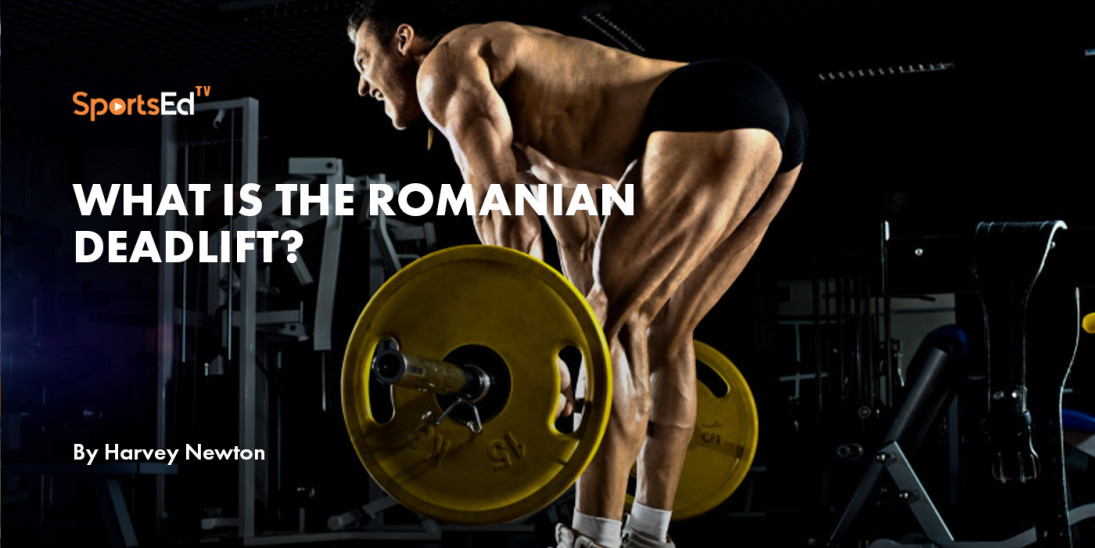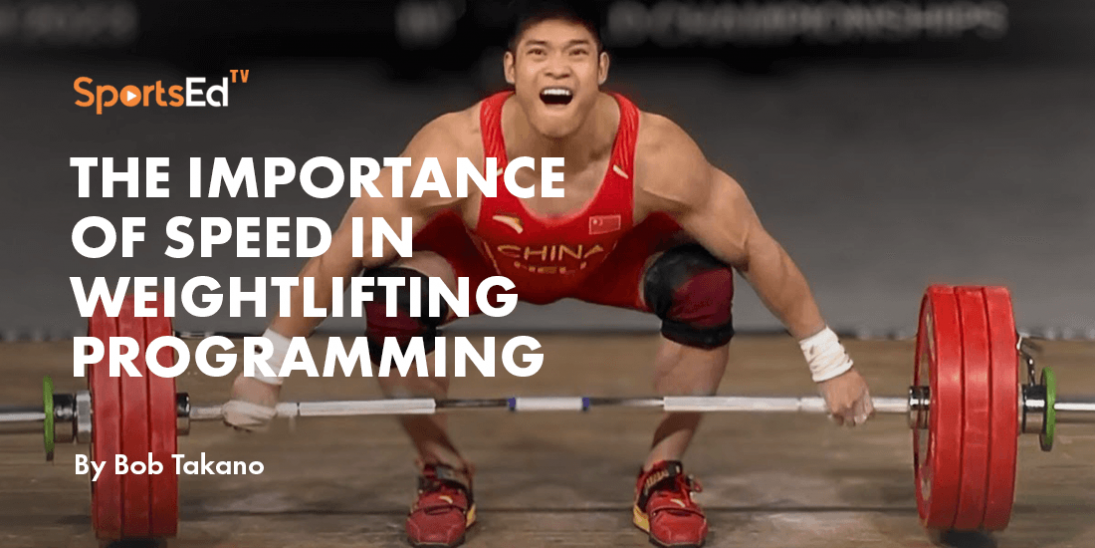Weightlifting
Welcome and thanks for visiting...

TECHNIQUE OF THE OLYMPIC SNATCH PART 2
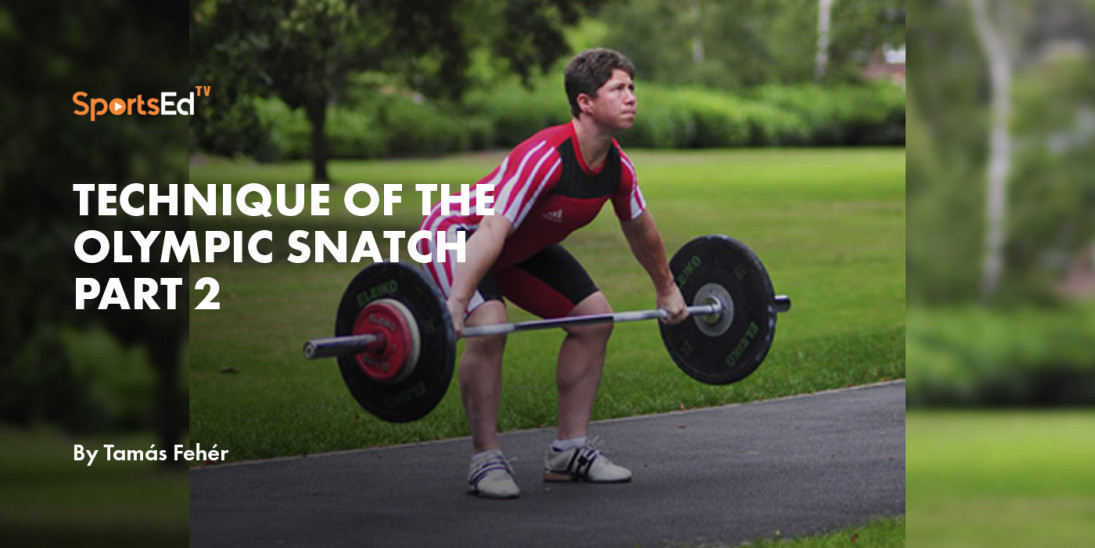
This is the part II of Technique of the Olympic Snatch - Part 1
Pull phase 2 – Explosion and Effort Holding.
The essential element of this sub-phase is the explosion that starts at the very end of Pull phase 1 from its velocity minimum and it is the result of the coordinated, explosion-like strength exertion of the contracting thigh erectors and the gluteal muscles. The legs dynamically extend and an intense strength exertion occurs upon the bar-hip contact and the athlete rises on tiptoe, shoulders move up, slightly backward while the arms remain straight. The kinetic energy of the explosion would normally produce a 30-40° angle of projection from the horizontal but it is compensated by primarily the dynamically contracting trapezius and the pull of the arms. This force has an impact from the moment the bar leaves the hip. The actual direction of the bar is the projected root force of the explosion and the pulling movement of the arms showing an average 27° (25-29°) angle to the vertical axis. In the final sub-phase of the explosion, the trunk is slightly bent back, in a concave position with an average 15° (13-17°) angle to the axis.
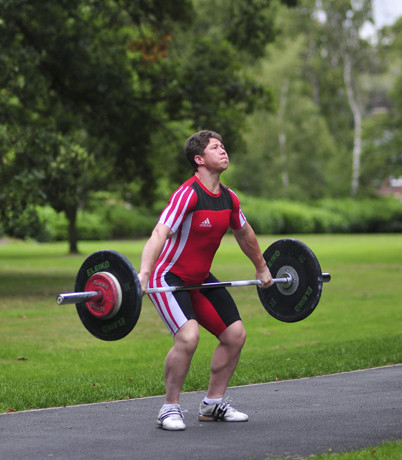

The hip joint angle is 174° (171-177°), the knee joint angle is about 172° (169-175°). The higher the athlete rises in the end of toe position, the higher this angle value gets. An average 115° (114-116°) stretch can be registered in the ankle joint. This is the sub-phase where we can measure the highest velocity in the Snatch execution: 1.8-2.2 m/sec.
The arms’ post-explosion pulling strength exertion has multiple purposes. It optimizes the pulling route, ensures the proper trajectory, and keeps the bar at an ideal distance from the body in order to realize the next sub-phase successfully. Additionally to the kinetic energy of the bar after the explosion, the arms contribute to strength exertion, and finally, they can “press” the body under the grip in the sit-down position (or vertical support in power lifts). While Pull Phase 1 leaves some room for individual preferences and corrections, Pull Phase 2 has far more constrained limitations for the execution. The efficiency of Pull phase 2 largely depends on the rhythm of strength exertion (not to be mistaken for velocity). It is the coordinated timing and strength of the moving parts involved. The time factor is significantly determined by the height, intensity, and duration of the toe position. Considering certain time and spatial limitations; the longer way the hip can cover to assert its influence in acceleration, the more certain it can deliver the desired velocity and acceleration.
If the explosion happens higher on the hip than optimal (bent arms), the athlete will not only have to endure intense pain in hitting the pubis area, but it will also mean that the bar will move away from the body and not in the ideal trajectory, which is likely to cause problems in the oncoming sub-phases of pulling and in securing the weight overhead. In executing the explosion, the dynamic, fast twitch contraction of the gluteal muscles and the thigh erectors take priority. In executing and maintaining toe position for the determined time, the thigh erectors and the gluteal muscles function first dynamically and then statically. With their active, dynamic contraction, the arms adjust the trajectory to the optimal level, which is supported by the dynamic strength exertion of the trapezius and deltoid muscles. In the adequate execution of the toe position, the spatial position of the head is of utmost importance.
The spatial position of the neck and the head must correspond with the current position of the spine. If it deviates forward and/or down, the trunk erectors partially and gradually relax thus causing a static imbalance, the gravity point of the “athlete-barbell unit” gets projected over the optimal vertical axis that prevents the athlete from executing a properly high and long toe position and the required explosion. Assuming the final sub-phase of the toe position, the dynamic contraction of the lower leg erector muscles is dominant while the maintenance of the position is characterized by the static activity of the same muscle group. The listed velocity values are subjected to change within a certain range depending on the individual characteristics (body weight, body composition, weight lifted, level of technical execution, etc.) In some cases, the velocity of the pull gradually grows with varying dynamics from Pull phase 1 to the beginning of the amortization and does not feature a velocity minimum before the explosion. This is typical for the dynamically accelerated execution containing an explosion.
Squat – Supporting and Amortization
The barbell, driven by its inertia, travels upward, supported by the active pulling of the arms, the explosion, and the shoulder girdle muscles. Once the acceleration is over, the barbell velocity gradually slows until it reaches the top overhead position. The barbell does not only travel upward. It also converges with the vertical axis. At the end of the toe position, the athlete partially loses contact with the ground and then lands with legs spread slightly wider and a full sole contact that is more favorable in the squat.
The hook grip taken in the initial position can now be modified by placing the thumbs outside. This finger arrangement allows for a little more freedom in bending the wrist joint back but we still must maintain a firm grip. Some may feel tempted to take a wider grip at this stage but it is not recommended even if it could lower the lifting height. This quick opening entails a high risk of wrist injury.



The squat is administered in the presence of two concurrent forces: the gravitational impact of the body mass and the intense activity of the shoulder girdle. In the latter, the athlete “clinging onto the bar” positions the body under the barbell. The more intense the dynamic contraction of the muscle groups involved, the quicker the sitting down is. The quicker the sitting down, the bigger the competition weight becomes manageable.
The trunk is tense, concave, and slightly bent forward. The gravity center of the “barbell-athlete kinetic unit” can be vertically projected in the middle of the feet. In the moment of the floor impact, the hip joint angle is about 50° (52-54°), and the knee joint angle is 90° (87-93°). This is the point when the barbell reaches its uppermost position (pull height), where its velocity and acceleration briefly converge to zero. The barbell-athlete unit starts to move down. The vertical support is activated. The head is facing forward, a bit over horizontal, and the barbell level is slightly above the hip joint. This downward movement accelerates, reaching maximum velocity at 1.3-1.4 m/sec, then slows down gradually. When in the lowermost position, it drops to zero again.
Amortization is the stage between the upper and the lowermost position. The question arises as to why this phase of motion is needed at all. The lower we lift, the bigger the weight we can manage. The anatomical structure of the human body and the gravitational laws of physics determine that the technique of lifting has to include a downward movement, too. One reason is that no athlete is capable of conducting a quick enough squat to the lowermost position of which could overlap the pull height of the barbell. At the same time, even if the lowermost position and the pull height were reconciled, there would be no chance for amortization. The deceleration and stopping would burden the spine, the cartilage, the joints involved (knee, wrist, shoulder), and their ligament complexes. This would mean an unnecessarily high risk of injury.
The time that the muscle groups require to gradually cooperate at decelerating the barbell moving downward is not negligible, either. The stage of amortization is inevitable, and its optimal technical development must be given priority. A close relationship can be observed between the length and duration of amortization and the competition performance, as well as the efficiency and the technical level of execution. The shorter the amortization becomes, the better the performance gets and the greater the energy-efficient and advanced execution of its techniques. The length of amortization in Snatch is 6 inches on average (4-8 inches). It depends on the athletes’ height, usually 6-12% of that, their weight, the flexibility of their joints, and their individual technical execution. In the lowermost position, the hip joint angle is about 45° (42-48°), the trunk bends forward at a 24° (21-27°) angle compared to the vertical axis, the knee joint is 30° (28-32°), the ankle joint is 50° (48-52°) on average.
In terms of sitting down and vertical support, many kinds of muscles perform complex and well-coordinated activities. The tense trunk erectors of the final phase of the toe position, the Gluteus maximus and the Quadriceps are deactivated, while the Oliopsoas and the Tensor fascia latae close the hip joint angle in a dynamically active contraction. Concurrently, when pressing the body under the barbell, the dynamic contraction of the shoulder girdle and the triceps work while the trunk erectors relax. At the floor impact during the vertical support, the Quadriceps and the gluteal muscles decelerate and stop the downward movement in a dynamic eccentric contraction. The triceps forcibly extend the arms and remain tense. The trunk erectors vigorously, statically reactivate, in the lowermost position all the involved muscle groups end up in a static contraction, thus ensuring that the athlete can secure the barbell with confidence.
Standing up
It is the final phase of the Snatch which starts from the lowermost position, with a slight lifting movement of the hip and with the extension of the legs. Its rhythm and velocity have certain individual variations within a reasonable range but, in all cases, it first accelerates, and then slows down.

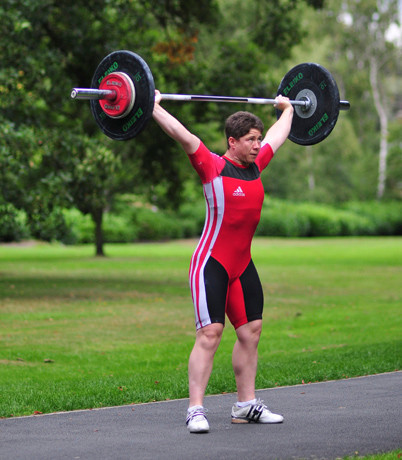
During the execution, the trunk slowly approaches the vertical position, and in the final phase, both the hip joint and the knee joint reach the 180° angle. In the standing-up phase, the Quadriceps and the gluteal muscles perform the essential, dynamically active contractions, while the trunk erectors, the shoulder girdle, and the arm erectors are in a tense, static state. As long as the barbell cannot be released (“down” sign at competitions) even the dynamically functioning muscle groups get statically contracted for a short time to assure a safe overhead lockout.
Read more:
Technique of the Olympic Snatch - Part 1
Special thanks for the photos to Natasha Perdue, Team GB, London 2012 Olympian
Tamás Fehér © 2020



